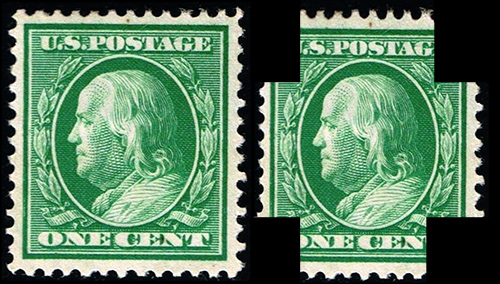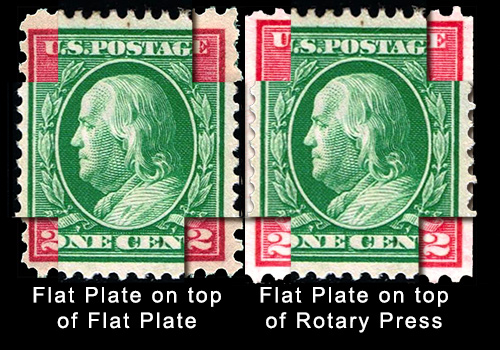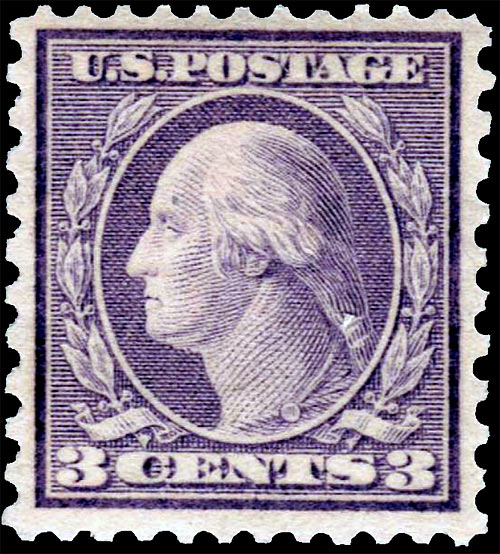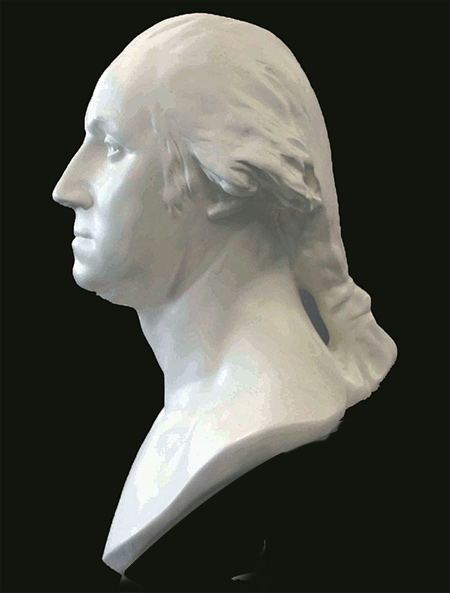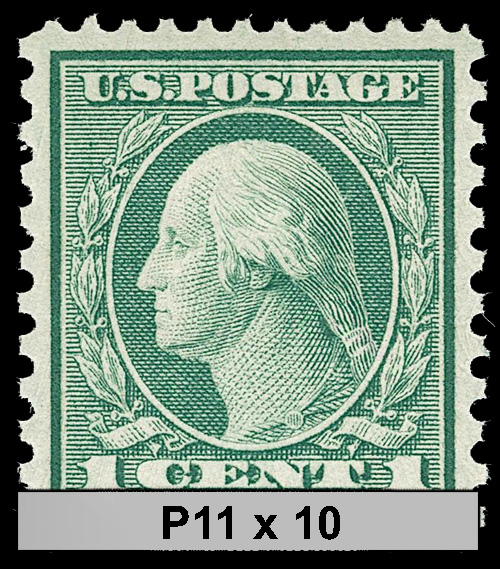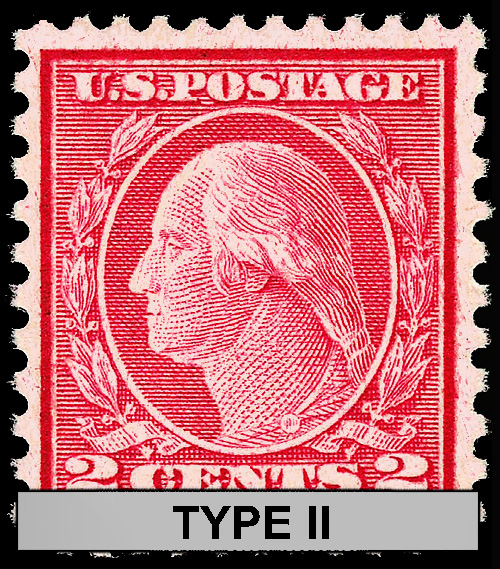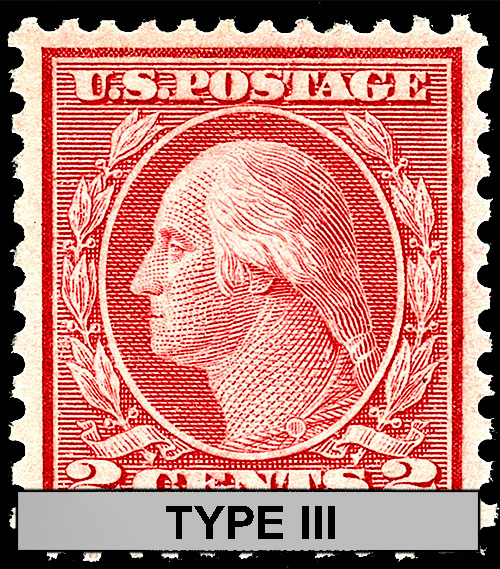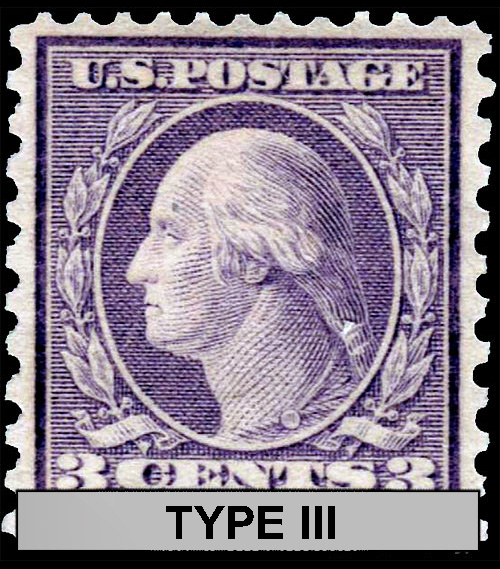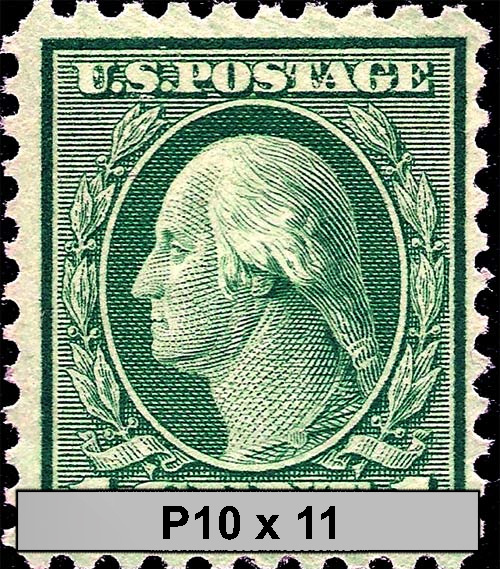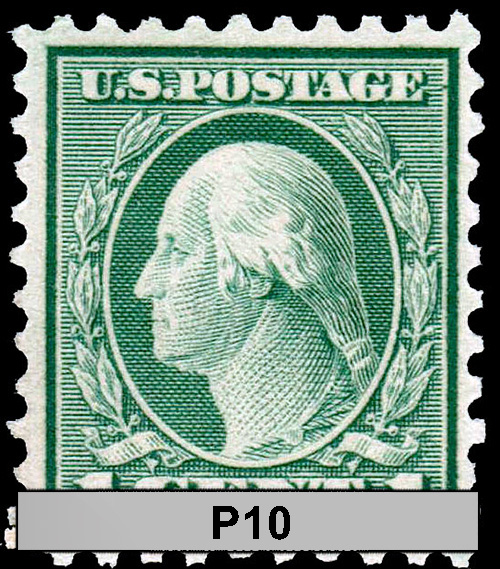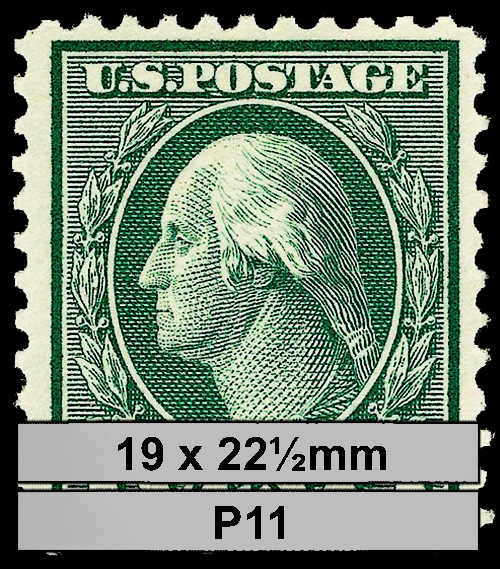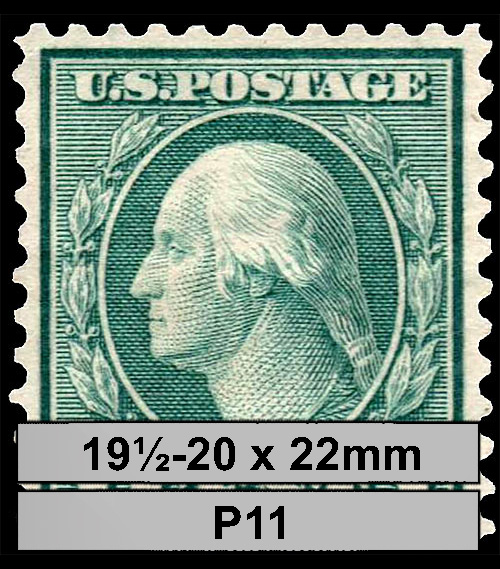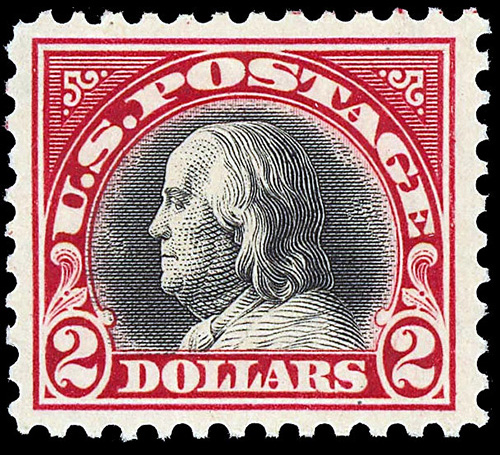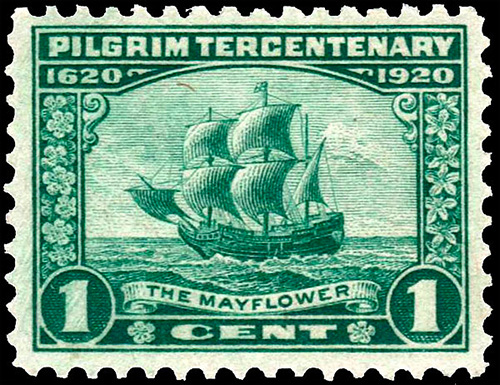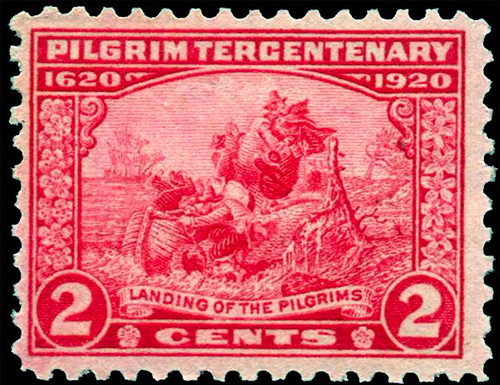Basic Info
3¢ Violet, gray violet
Type II
Subject: George Washington
Printing Method: Rotary Press (see below)
Perforations: 11 x 10
Watermark: None
Scott #: 541
Issued: June 14, 1919
Value
Used
$5 - $10
No postmark with gum (MH)
$8 - $15
Full perfect gum, no postmark
no trace of stamp hinge mark (MNH)
$25 - $35
Plate Numbers
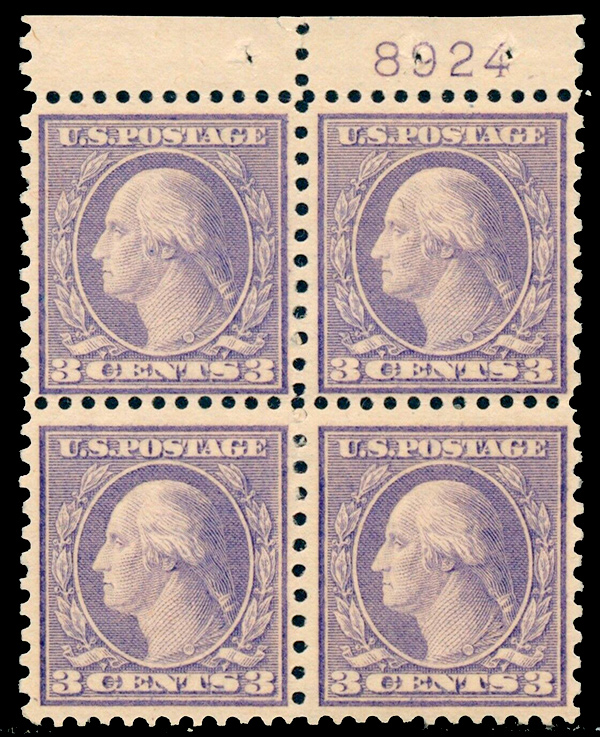
#541 was issued with the following plate #'s
Number only
8454-83
8923-24, 50-51
9107-10, 33-36, 43-46
First Day Cover
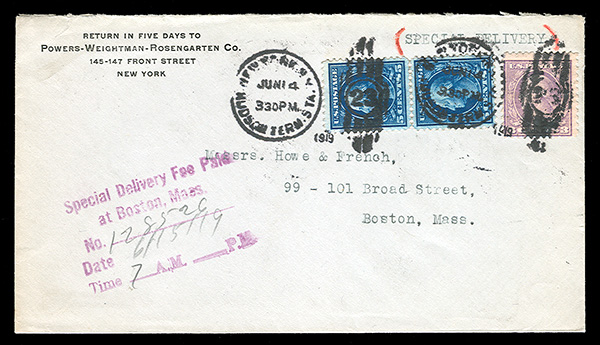
First day of issue cover, June 14th, 1919
Coil waste and the creation of the 11 x 10 perforation
The bureau had a large quantity of defective rotary coil stamp rolls, which whilst would have been thrown away as waste, were deemed salvageable. They were no good to be fed into the rotary coil perforator but if they were perforated horizontally on the sheet perforated they could be salvaged. The rotary coil perforator was set at perf 10 and the sheet perforator was set at perf 11 The plate size for sidewise (horizontal orientation) printed stamps was 170 subjects. For stamps printed endwise (vertical orientation) printed stamps was 150 subjects.
Feeding the coils of already perforated stamps through the sheet perforator was not easy, as rotary coil stamps curl slightly. This meant that many of the stamps are poorly centered, being either too high or too low on the stamp.
There was no type III, all the plates used were type II
A Full Sheet

A complete sheet of #541 (170 stamps)
Flat Plate or Rotary Press?
As the curved plates of the Rotary press made the stamps slightly larger it is relatively easy to discern which stamp is flat plate and which is a rotary press stamp. First select any perf Washington Franklin stamp or the first issue Washington Franklin 1 cent or 2 cent. These are the stamps with the numbers one and two spelt out, instead of numbers being displayed. I chose the latter alternative as shown in the first image above.
Then cut out squares at each corner. As shown in the second image above. Placing the stamp you wish to test under your cut out stamp you can see if the frame lines match. If, as in the last image shown above the frame lines are outside the top stamp in either the top, bottom or sides then you have a rotary stamp. If the lines are in the same place, as shown in the third image, you have a flat plate stamp.
This test works with any value stamp.

The image above is a perfect example of the reverse of a flat plate stamp. The flecks of carmine ink on the reverse can be found on flat plate and are very rare on rotary press stamps. The cause of the flecks of carmine ink is that during the flat plate process the sheets were placed on top of each other before the ink had a chance to dry properly.
